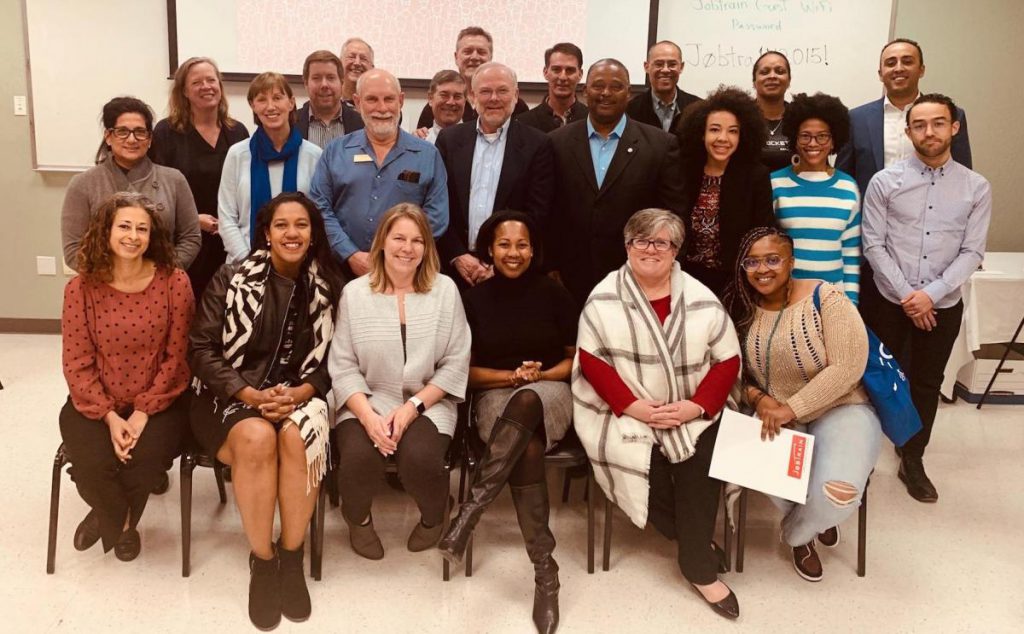 In the midst of the longest economic recovery in its history, the San Francisco Bay Area is experiencing record low unemployment. Though there is much to celebrate, cities in the region are grappling with new and vexing challenges. Businesses are struggling to find the talent they need, and employers report that the lack of qualified workers is limiting Bay Area companies’ ability to grow and thrive. At the same time, poverty, income inequality and the plight of unemployed and underemployed residents are obscured and largely masked.
In the midst of the longest economic recovery in its history, the San Francisco Bay Area is experiencing record low unemployment. Though there is much to celebrate, cities in the region are grappling with new and vexing challenges. Businesses are struggling to find the talent they need, and employers report that the lack of qualified workers is limiting Bay Area companies’ ability to grow and thrive. At the same time, poverty, income inequality and the plight of unemployed and underemployed residents are obscured and largely masked.
In October 2018, the League’s Peninsula Division convened at Facebook in Menlo Park to better understand the scope and scale of poverty in the region and to explore strategies for empowering economic growth and helping low-income residents escape the cycle of poverty. The meeting included a panel discussion on shared prosperity and featured U.S. Rep. Jackie Speier (D-San Mateo).
League President and Grass Valley Council Member Jan Arbuckle attended and says, “Our diverse economy is grounded in a wide range of industry and activities, but the tech sector remains integral to the state’s success. Cities are not only places where people live, but also job centers that serve as the engines of innovation and economic powerhouses. The Peninsula Division is partnering with the business and nonprofit communities to address the needs of employers and is seeking ways to build the workforce that can be replicated in other communities statewide.”
A smaller group of 28 elected officials, corporate employers, education and training providers and workforce development professionals followed up on the October discussion by meeting in Menlo Park in March 2019 to consider high-potential strategies for collective action.
JobTrain, a Menlo Park nonprofit organization focused on workforce development, participated in these meetings and recently published its second annual Broken Pathways report on poverty in the San Francisco Bay Area. The report offers a stark reminder that many Bay Area residents are struggling to make ends meet. Using the Federal Poverty Level (FPL) standard, the research found 487,000 Bay Area residents living below the FPL. When adjusted to reflect the cost of living in the Bay Area, that number almost tripled, with 1.63 million residents — nearly 10 percent of the population — currently living below the Bay Area self-sufficiency level. In addition, close to half are working in one or more low-wage jobs.
Please find the full article HERE.
